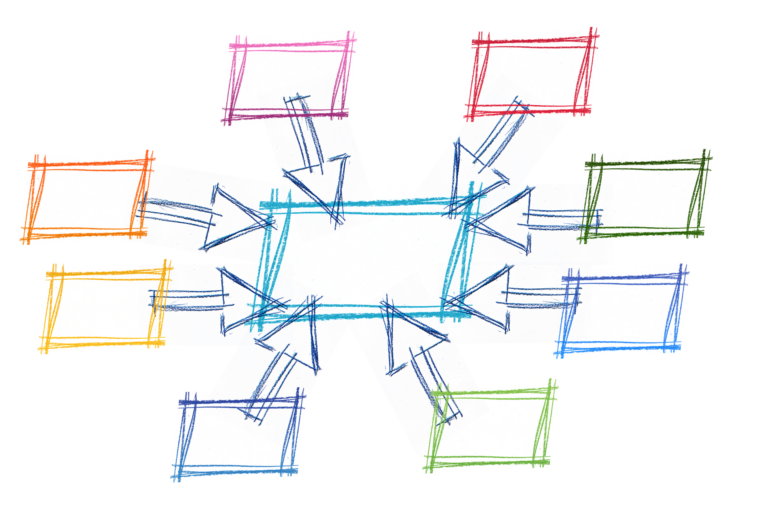Requirements Management Tools are Essential
Requirements management tools are at the heart of future development in tools for systems engineering. Organisations that are not following and implementing the developments in these tools and utilising them in their projects may well lose out significantly.
What are requirements management tools?
According to Professor Roland Traunmüller, requirements management is the systems engineering activity principally concerned with finding, organising, documenting and tracking requirements for software systems and products / projects in many different industries. Its focus is maintaining traceability. This is defined as the “ability to describe and follow the life of a requirement, in both forwards and backwards direction. i.e. from its origin, through its development and specification, to its subsequent deployment and use, and through all periods of on-going refinement and iteration in any of these phases.”
The need to be sure that any project is continuously and effectively moving towards the goal of satisfying all the required elements of that project is best and most effectively met with a dedicated requirements management tool. This is a tool which is designed from the outset to impose requirements management principles upon the project from the start and continue to impose them through all of the project lifecycle.

What happens to your projects, or indeed, your business if you fail to follow good systems engineering practice? How can your systems’ design properly satisfy requirements that are imprecise or incomplete? How can you implement a requirements management process without the effective deployment of a fully integrated requirements management tool? The project stakeholders lose sight of the requirements in the maze of changes and developments that always naturally occur during the project lifecycle. Time, money and energy are wasted creating and implementing solutions to problems that do not exist.
Let us use an example
An engineering company has won a contract to design and install a heating system in a new office block. The company offering the contract seeks an environmentally friendly, carbon neutral system. It would be cheaper to use existing heating systems available ‘off the shelf’, but they want to win environmental awards for green technology and so they want a new design.

They award the contract to a company that uses fashionable green language, but that company is not using a dedicated and integrated requirements management tool. Their systems are based on taking notes on paper and mobile devices, then transferring them to Microsoft ® Word documents and spreadsheets. They say that this document-centric approach works well, as shown by their low development price.
As their system progresses, they have designated naming conventions for these documents to keep their system from becoming too complicated and losing documents. Inevitably, some employees forget the naming convention, or fail to apply it correctly, or overwrite documents with the wrong content. Before long requirements are lost or forgotten and not included as they pivot from the design phase, or “slip through the cracks” into the testing and implementation phases. These losses are further compounded when changes are required later and there is no communication between the design engineers and the installation engineers and decisions made on the spur of the moment to make changes are not checked against the system’s requirements. Equipment gets designed and installed only then to discover, “Oh no!” when a part does not comply with the new corporate environmental regulations created by the Chief Environmental and Climate Change Officer. Such regulations were incorrectly entered into the manual, document-based process, so the design team didn’t ever see them and the installation engineers were utterly unaware of them! Disaster! The project runs over schedule, over budget, delivers the wrong system and the company’s reputation is tarnished!

All of this could have easily been avoided had they used a fully integrated requirements management tool such as Cradle. Not only does Cradle provide full end-to-end traceability and coverage of all requirements, it is also fully integrated into its Systems Engineering package that handles every part of your full project lifecyle. That means that whatever size or scale of project you are delivering, Cradle can be trusted to hold all your data securely and gives you the confidence to know that every single requirement that is gathered and entered into Cradle. All these requirement scan be tracked throughout your design, testing, implementation, maintenance phases and through to eventual upgrade/replacement or retirement. Any changes and their impacts can be managed fully and properly throughout the entire project lifecycle from concept to creation.
And that means you can enjoy the confidence that your projects can deliver what you promise to deliver on time every time.

Start your journey to success by clicking here to register and download a free trial of Cradle now!

